ASIA'S NUCLEAR REVIVAL
September 3, 2022 | Expert Insights
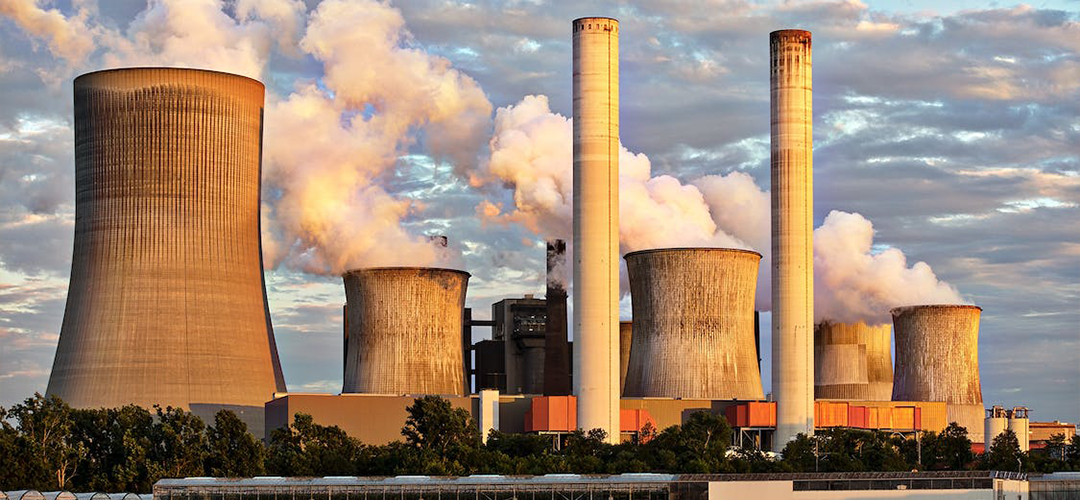
The worsening global energy scene, especially after the war in eastern Asia, is ringing alarm bells all over Asia, which many looked at as the main engine of growth for the global economy. While many Asian countries produce oil/ gas, there are only three that can be called energy self-sufficient- Azerbaijan, Brunei Darussalam, and Kazakhstan. Most Asian countries have minimal or nil of self-sufficiency.
While renewables largely remain at the margin of the energy scene in Asia, there is greater attention being given to nuclear power generation. Currently, there are about 140 operable nuclear power reactors in Asia, in addition to 30-35 under construction, with a firm plan to build an additional 40-50. And many more have been proposed and are pending approval. This currently places about two-thirds of the reactors under construction worldwide in Asia.
The OECD's International Energy Agency (IEA), in its World Energy Outlook (WEO) report of 2021, envisioned a capacity growth of over 26 per cent in nuclear energy between 2020 and 2050, taking the total generating capacity to 17,844 GWe by 2050. This increase is heavily concentrated in Asia, particularly India and China. In such a scenario, nuclear power's contribution to global power generation would be about 12 per cent.
Background
Both rich and poor Asian nations find themselves compelled to turn to nuclear power to meet their growing energy deficit, despite all the concerns associated with nuclear fuel and reactor maintenance.
China has greenlit six new reactors to help double its nuclear power capacity, which is currently at 4.88 per cent.
Japan, one of the largest energy consumers, has begun restarting nuclear plants lying idle since the 2011 Fukushima disaster. Japanese Prime Minister Fumio Kishida has placed nuclear power at par with renewables for the green transformation. Tokyo intends to meet its summer spike in demand next year by reactivating 17 of its total 33 reactors.
South Korea’s President Yoon reversed his predecessor’s phase-out policy against nuclear power. The Ministry of Trade, Industry and Energy has revealed plans to increase nuclear energy mix by up to 30 per cent or more by 2030.
The Philippines, after a gap of 34 years, has a nuclear facility again, and Indonesia plans to start its first nuclear plant by 2045 to reach its ambitious net-zero emissions goal by 2060.
Closer home, Bangladesh, too, in hopes of reducing its dependence on natural gas, is set to commission its very first nuclear-powered reactor in 2023. At the request of the Sri Lankan government, a team of experts from the International Atomic Energy Agency (IAEA) visited Sri Lanka to review the country’s infrastructure development for a nuclear power programme. India has plans to build 10 'fleet mode' nuclear reactors over the next three years, with the first one scheduled to begin construction in 2023.Even the oil and gas-rich region of Azerbaijan raised eyebrows with its nuclear project plans.
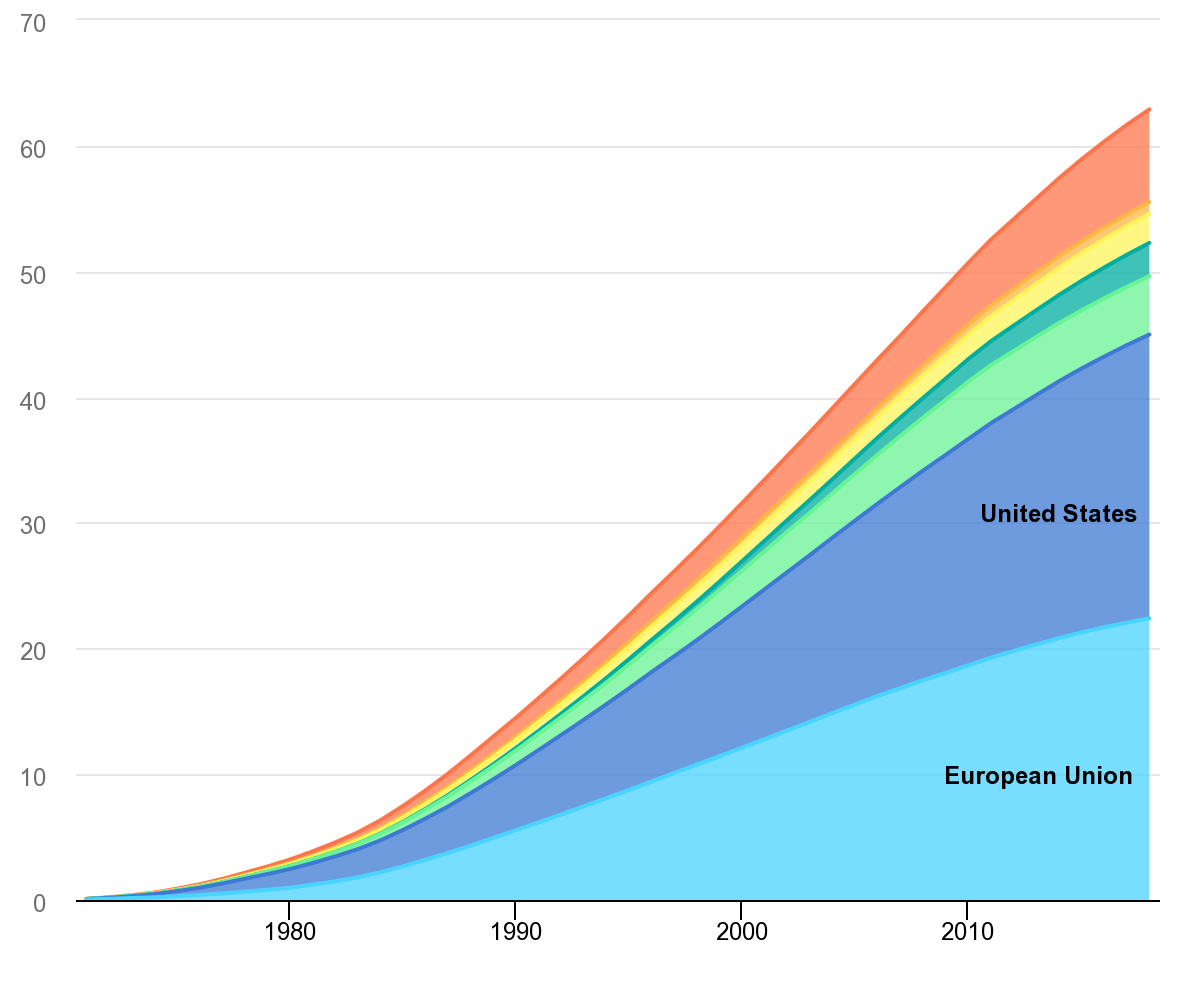
Analysis
As per the IEA, "Nuclear is the second largest source of low-carbon energy today. In advanced economies, nuclear has been the longest and largest source of low-carbon electricity." Unsurprisingly, nuclear energy sounds very promising, especially with the COP 27 negotiations in Egypt and climate change hanging over world leaders’ heads as a sword of Damocles.
Despite fears expressed by the anti-nuclear power lobby, there is a growing tendency in Europe and Asia to veer towards nuclear energy to tide over the energy scarcity till renewables come fully online. Despite their high capital cost, nuclear power stations provide carbon-free energy reducing dependence on the volatile Middle East oil market and earning countries carbon points. Advocates of nuclear power point out that the only other practical option is to build more coal-fired power plants, thus adding to carbon emission, even if the fossil-fuelled plants are ideal stop gap measures, easy to fire up and shut down.
As per data available in the public domain, nuclear power has avoided about 55 Gt of CO2 emissions over the past 50 years. That is nearly equal to two years of global energy-related CO2 emissions. However, despite the contribution from nuclear and the rapid growth in renewables, energy-related CO2 emissions hit a record high in 2018 as electricity demand growth outpaced increases in low-carbon power. To keep up with this demand, nuclear's embrace is inevitable till we fully switch to renewables.
Counter View
But its promises are not new; they’re the very same ones we heard back in the 80s when atomic energy’s popularity was at its peak- right before the Chernobyl disaster in 1986, followed by Fukushima in 2011.
Over the years, designs of nuclear reactors have improved, and power backup plans have become more airtight to prevent any possible meltdown. Even then, invulnerability is not guaranteed. A case in point is the recent global concerns with the besieged Zaporizhzhia reactors in Ukraine, manned by Ukrainian technicians under Russian control. A worried team of IAEA under their Director warned that the physical integrity of the plant had been violated due to frequent artillery attacks, and even the all-important backup power supply had faltered. Two IAEA inspectors will be permanently stationed at the plant to monitor the situation.
There is also the factor of an ageing nuclear fleet. Most nuclear fleets have operating lifetimes of between 20 and 40 years. While it is possible to extend these lifetimes, the process can cost nations a pretty penny or two.
Assessment
- Nuclear power is a necessary step in the global fight against climate change; however, countries must be wary and open to third-party international bodies' routine inspections and regulations.
- The biggest barrier to new nuclear construction is mobilising investment. Nuclear-powered nations and international organisations must ensure they do not gatekeep nuclear power. Providing non-nuclear nations with the necessary monetary and technological support would be imperative.
- Nuclear is here to stay. While it might not be a silver bullet to climate change, it is a necessary and important tool that the world requires to help prevent it.


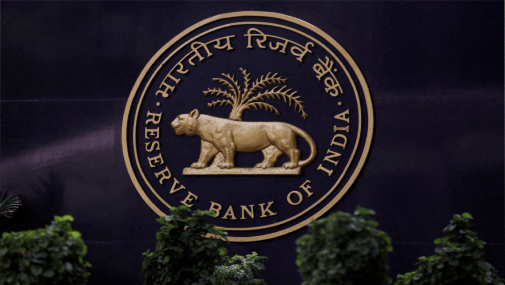
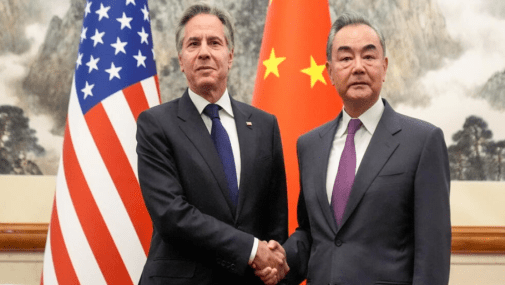
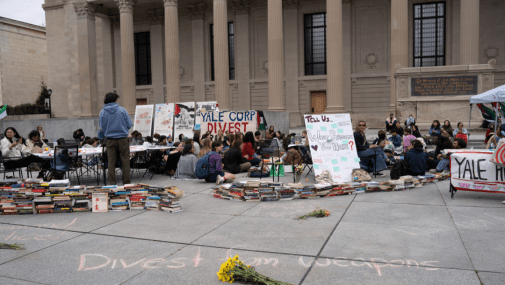
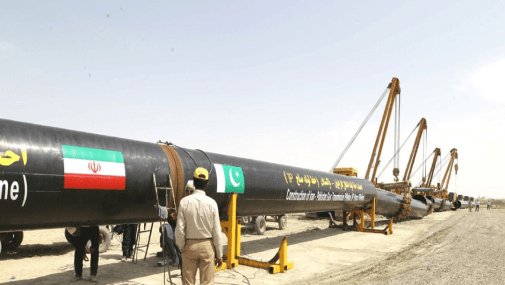


Comments